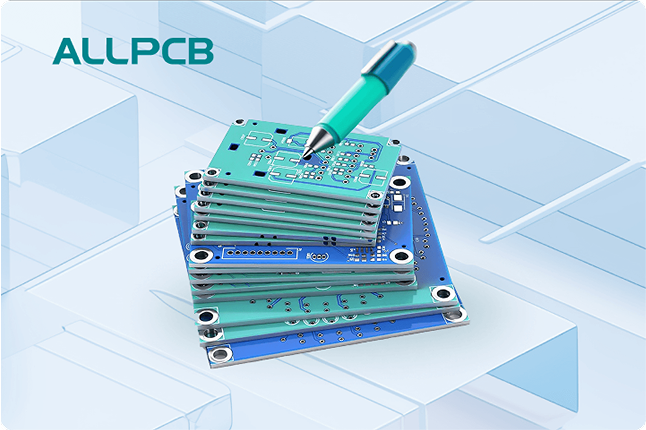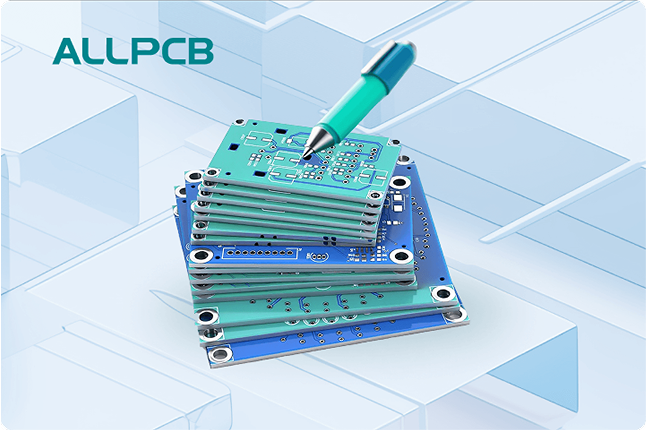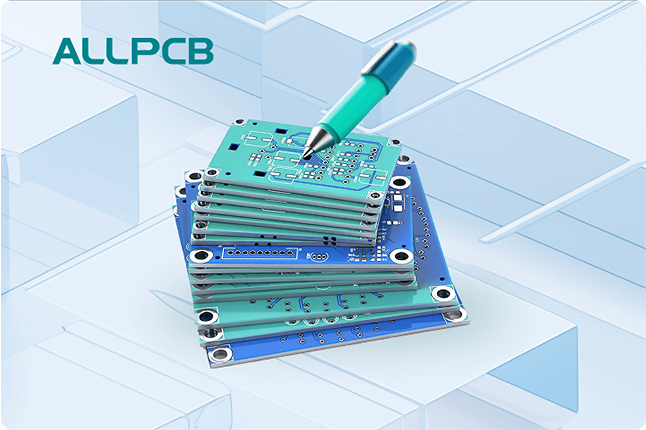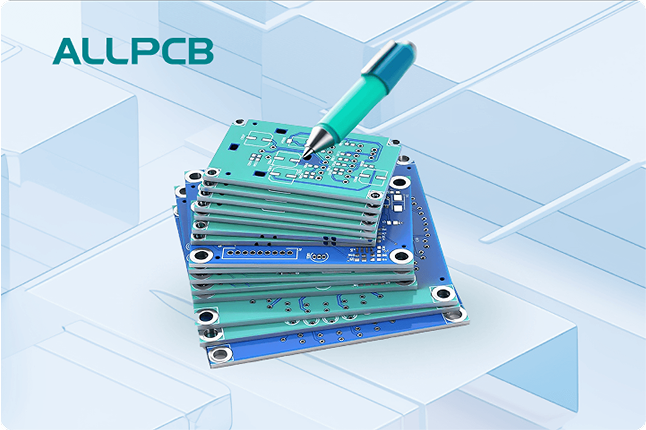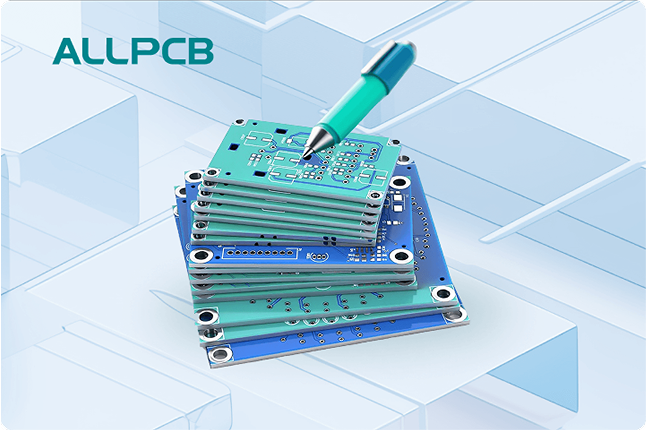Are you looking to improve the performance of your printed circuit board (PCB) designs? Via stitching is a powerful technique in PCB layout that enhances grounding and boosts signal integrity. By strategically placing vias, you can reduce electromagnetic interference (EMI), improve thermal management, and ensure stable high-frequency signals. In this comprehensive guide, we’ll dive deep into via stitching, explore grounding vias, discuss signal integrity vias, and share effective via placement strategies to help you create robust PCB designs.
What Is Via Stitching in PCB Layout?
Via stitching is a design technique used in PCB layouts where multiple vias are placed in a grid or pattern to connect different layers of a board, typically to ground planes. Unlike regular vias that route signals between layers, stitching vias focus on creating low-impedance paths for return currents, reducing noise, and improving overall board performance. This method is especially critical in high-speed and high-frequency designs where signal integrity is a top priority.
Think of via stitching as building a strong foundation for your PCB. Just as a house needs a solid base to withstand stress, your PCB needs a reliable grounding system to handle electrical noise and maintain signal quality. By using via stitching, you ensure that ground planes on different layers are tightly connected, minimizing potential issues like ground loops or EMI.
Why Via Stitching Matters for Grounding and Signal Integrity
Via stitching plays a crucial role in two key areas of PCB design: grounding and signal integrity. Let’s break down why it’s so important.
Enhancing Grounding with Grounding Vias
Grounding vias, a core component of via stitching, connect multiple ground planes across different layers of a PCB. This creates a unified, low-impedance ground reference that prevents voltage differences between layers. Without proper grounding, high-frequency signals can induce noise, leading to erratic behavior in sensitive components.
For example, in a multilayer PCB with a 4-layer stackup, grounding vias can tie the top and bottom ground planes together, ensuring that return currents flow smoothly without creating loops. Studies show that improper grounding can increase EMI by up to 20-30% in high-speed designs, while effective via stitching can reduce it significantly.
Grounding vias also help with thermal management. By connecting ground planes, they distribute heat more evenly across the board, preventing hotspots that could damage components. This is especially useful in power-intensive applications where heat dissipation is a concern.
Boosting Signal Integrity with Signal Integrity Vias
Signal integrity vias are used to maintain the quality of high-speed signals as they transition between layers. High-frequency signals, such as those in USB 3.0 (5 Gbps) or DDR4 memory (up to 3200 MT/s), are prone to degradation due to impedance mismatches or crosstalk. Via stitching around signal traces or near critical components helps create a consistent return path, reducing signal reflections and noise.
For instance, placing stitching vias near a high-speed differential pair can minimize loop inductance, ensuring that the signal remains clean even at frequencies above 1 GHz. Without these vias, you might see signal jitter or data errors, which can be disastrous in applications like telecommunications or automotive electronics.
Benefits of Via Stitching in PCB Design
Implementing via stitching in your PCB layout offers several advantages that directly impact performance and reliability. Here are the key benefits:
- Reduced EMI: Stitching vias create shorter return paths for currents, minimizing radiated emissions that can interfere with nearby circuits.
- Improved Signal Quality: By stabilizing ground planes and reducing impedance mismatches, via stitching ensures cleaner signals, especially at high frequencies.
- Better Thermal Performance: Vias help dissipate heat across layers, protecting components from thermal stress.
- Enhanced Mechanical Stability: A grid of vias can add structural strength to the PCB, reducing the risk of warping or cracking during manufacturing or operation.
These benefits make via stitching a must-have technique for modern PCB designs, especially in industries like aerospace, medical devices, and consumer electronics where reliability is non-negotiable.
Via Placement Strategies for Optimal Results
While via stitching is powerful, its effectiveness depends on how and where you place the vias. Poor placement can lead to wasted space, manufacturing issues, or even worsened EMI. Below are proven via placement strategies to maximize grounding and signal integrity in your PCB layout.
1. Place Vias Near High-Speed Signal Traces
For high-speed signals, place stitching vias as close as possible to the signal traces or differential pairs. This reduces the loop area for return currents, minimizing inductance and noise. A general rule of thumb is to keep the spacing between vias less than 1/10th of the wavelength of the highest signal frequency. For a 2.4 GHz signal, this translates to a via spacing of about 12.5 mm or less.
2. Create a Uniform Grid for Ground Planes
When stitching ground planes, use a uniform grid pattern across the board. This ensures consistent grounding and prevents isolated ground islands that could disrupt return paths. A common practice is to space vias at intervals of 5-10 mm, depending on the board size and frequency requirements. Tighter spacing (e.g., 3-5 mm) is recommended for high-frequency designs above 1 GHz.
3. Avoid Overcrowding Vias Near Components
While it’s tempting to add as many vias as possible, overcrowding can interfere with component placement and routing. It can also increase manufacturing costs due to the added drilling complexity. Strike a balance by placing vias strategically around critical areas like power connectors or high-speed ICs, rather than blanketing the entire board.
4. Use Vias Along Board Edges for EMI Shielding
Placing stitching vias along the edges of the PCB can act as a Faraday cage, reducing EMI leakage. This is particularly effective in designs with external connectors or antennas, where radiated emissions are a concern. Space these vias closely (e.g., 3-5 mm apart) to form a continuous shield.
Types of Vias Used in Stitching
Not all vias are the same, and understanding the different types used in stitching can help you choose the right one for your design. Here are the main types:
- Through-Hole Vias: These vias go through all layers of the PCB, connecting ground planes across the entire stackup. They are the most common type for stitching due to their simplicity and effectiveness.
- Blind Vias: These connect an outer layer to an inner layer without passing through the entire board. They are useful in dense designs where space is limited but can be more expensive to manufacture.
- Buried Vias: Located entirely within inner layers, buried vias are ideal for complex multilayer boards but are costly and harder to implement.
Choosing the right via type depends on your board’s layer count, budget, and performance needs. For most standard designs, through-hole vias offer a cost-effective and reliable solution for stitching.
Design Considerations for Via Stitching
Before adding stitching vias to your PCB layout, keep these important considerations in mind to avoid common pitfalls:
- Manufacturing Limits: Check with your PCB fabricator for minimum via size and spacing rules. Smaller vias (e.g., 0.2 mm diameter) may increase costs or risk drilling errors.
- Signal Frequency: Higher frequencies require tighter via spacing to prevent resonance. For signals above 5 GHz, consider spacing vias at 2-3 mm intervals.
- Board Thickness: Thicker boards may require larger vias or more stitching points to maintain low impedance across layers.
- Current Capacity: For power delivery, ensure vias can handle the required current. A single 0.3 mm via can typically carry about 1-2 A, so multiple vias may be needed for higher currents.
By factoring in these considerations, you can optimize your via stitching strategy for both performance and manufacturability.
Common Mistakes to Avoid with Via Stitching
Even with the best intentions, mistakes in via stitching can undermine your PCB’s performance. Here are some pitfalls to watch out for:
- Ignoring Via Spacing: Too much spacing between vias can create ground discontinuities, leading to increased EMI. Stick to calculated spacing based on signal frequency.
- Placing Vias in Signal Paths: Avoid placing stitching vias directly under sensitive signal traces, as they can cause impedance mismatches or crosstalk.
- Neglecting Thermal Vias: If heat dissipation is a concern, ensure you include enough vias near power components to transfer heat effectively.
By steering clear of these errors, you can ensure that your via stitching enhances rather than hinders your PCB design.
Tools and Software for Implementing Via Stitching
Modern PCB design software makes it easier to implement via stitching with automated tools and simulation features. Most tools allow you to define via patterns, set spacing rules, and simulate EMI or signal integrity before manufacturing. These tools often include libraries for via types and placement guidelines, helping you save time and reduce errors.
Look for features like via array generators or ground plane stitching options in your design software. Running a design rule check (DRC) after placing vias can also catch potential issues like spacing violations or unconnected nets.
Conclusion: Elevate Your PCB Design with Via Stitching
Via stitching in PCB layout is a game-changer for enhancing grounding and signal integrity. By using grounding vias and signal integrity vias effectively, you can minimize EMI, improve signal quality, and ensure reliable performance in even the most demanding applications. With the right via placement strategies—such as uniform grids, edge shielding, and proximity to high-speed traces—you can optimize your design for both electrical and thermal performance.
Whether you’re working on a simple 2-layer board or a complex multilayer design, via stitching is a technique worth mastering. Take the time to plan your via placement, consider manufacturing constraints, and avoid common mistakes. The result will be a PCB that not only meets but exceeds performance expectations.
Start incorporating via stitching into your next project and experience the difference it makes in grounding and signal integrity. With these tips and strategies, you’re well on your way to designing high-quality, reliable PCBs.
 ALLPCB
ALLPCB


